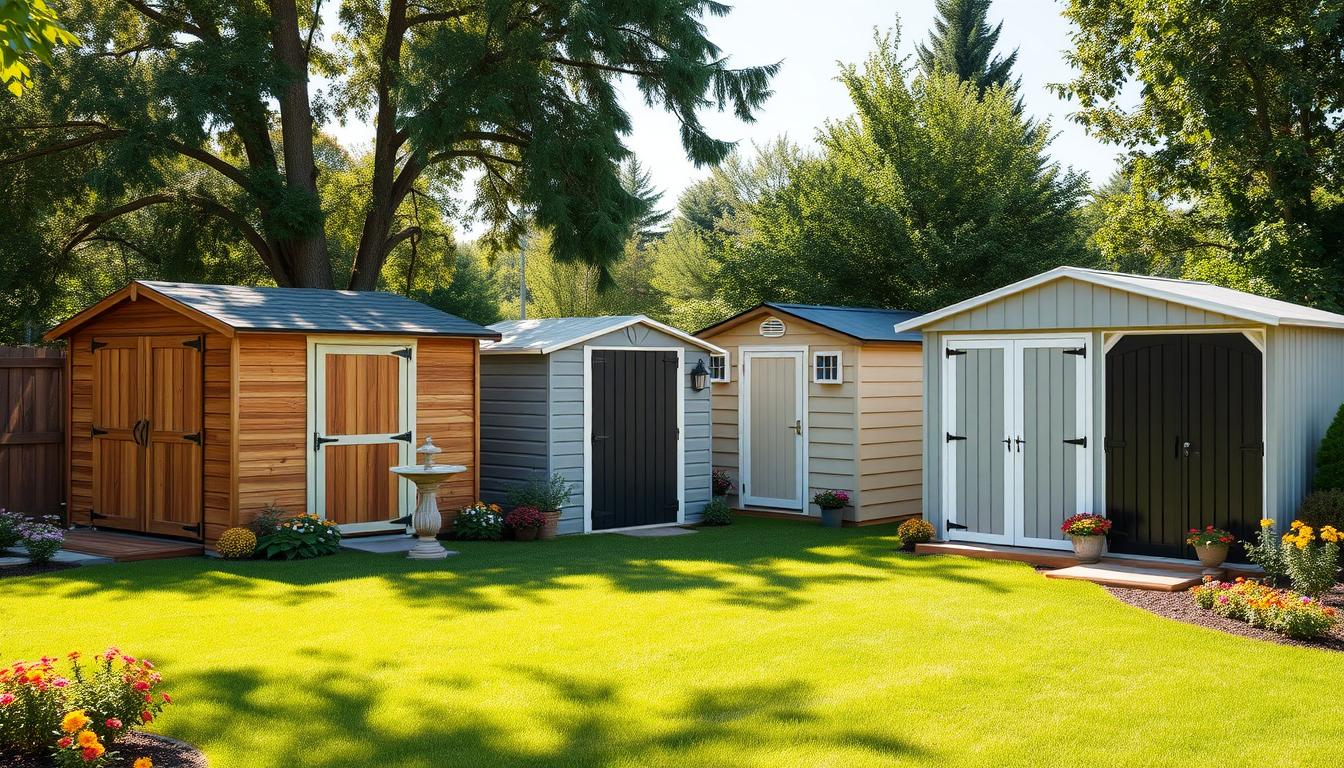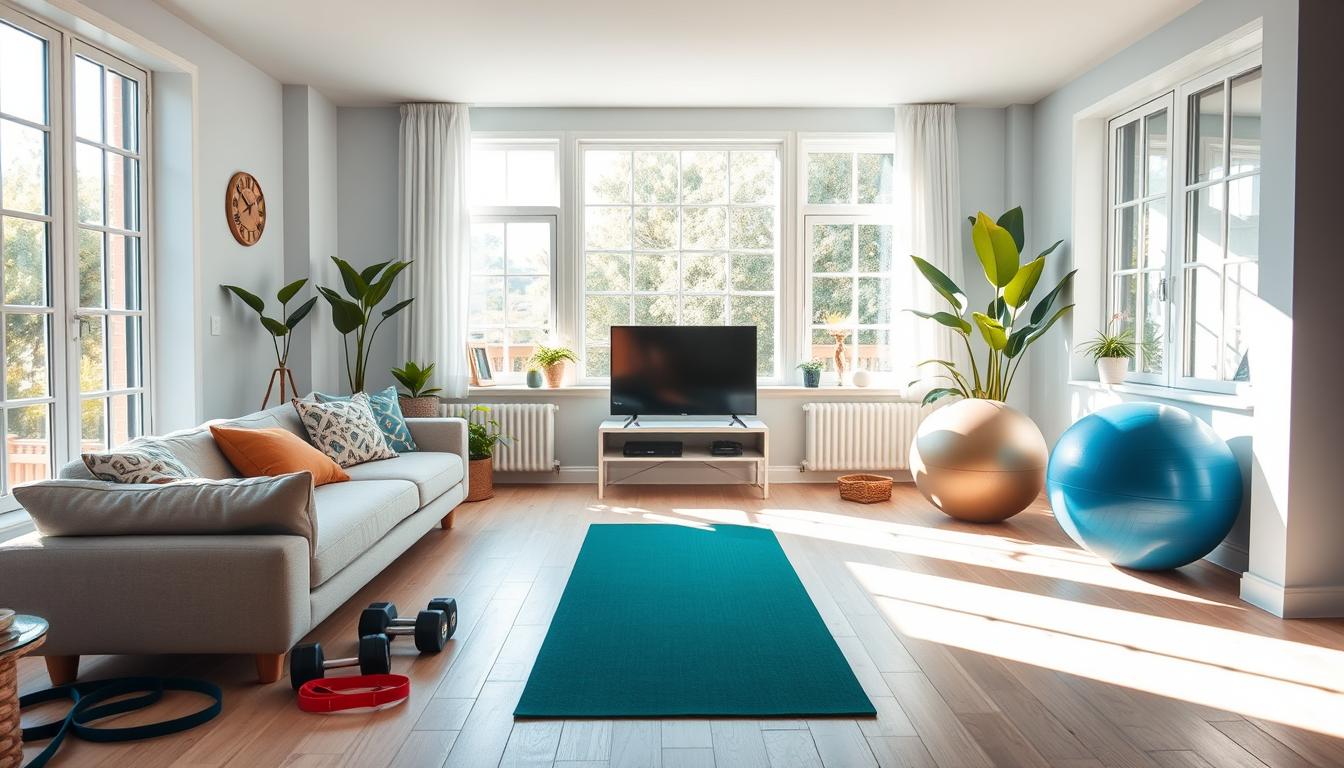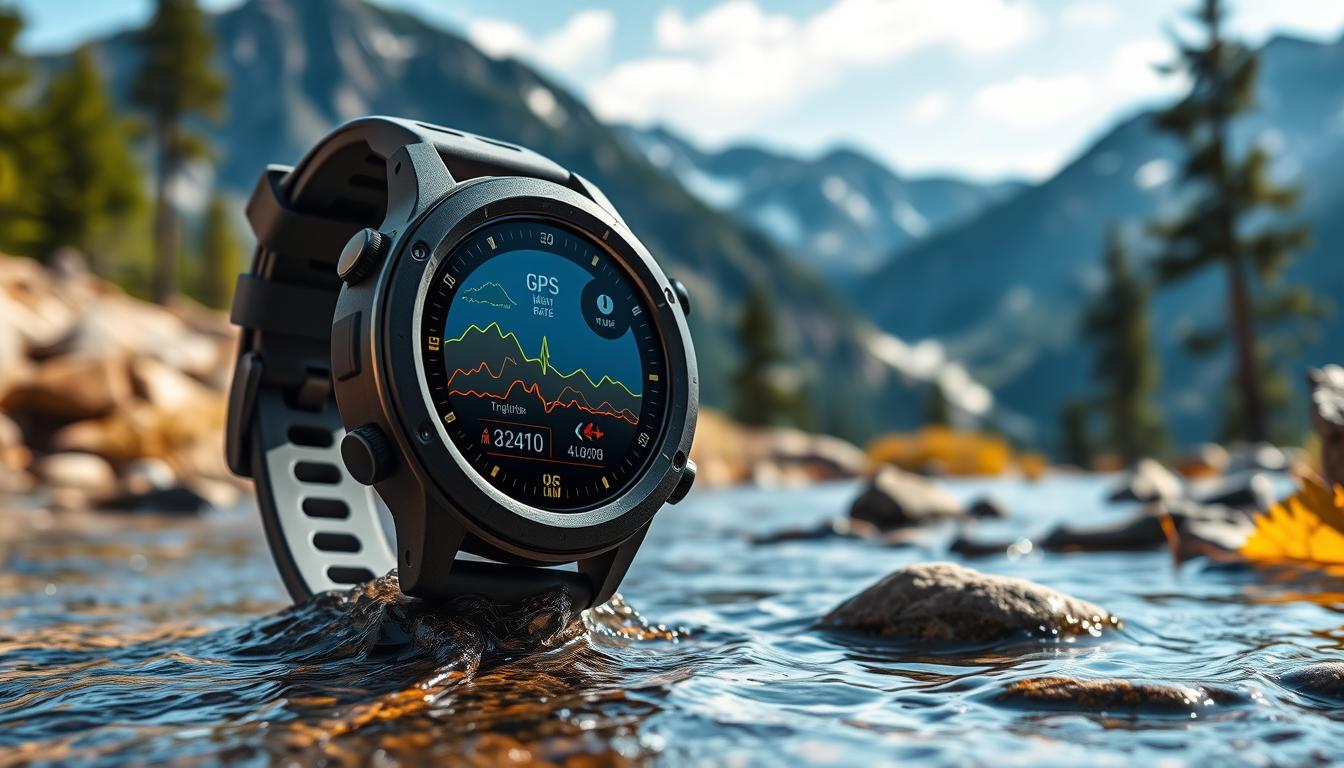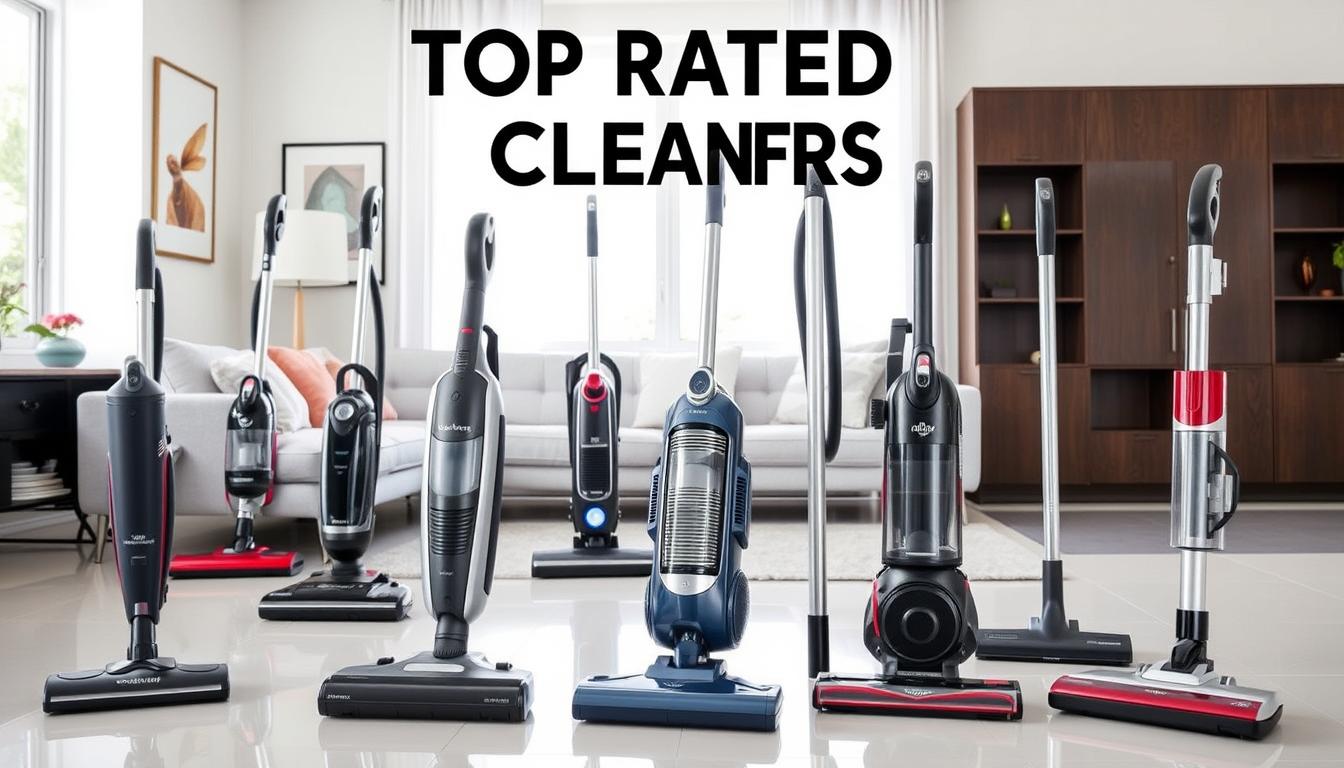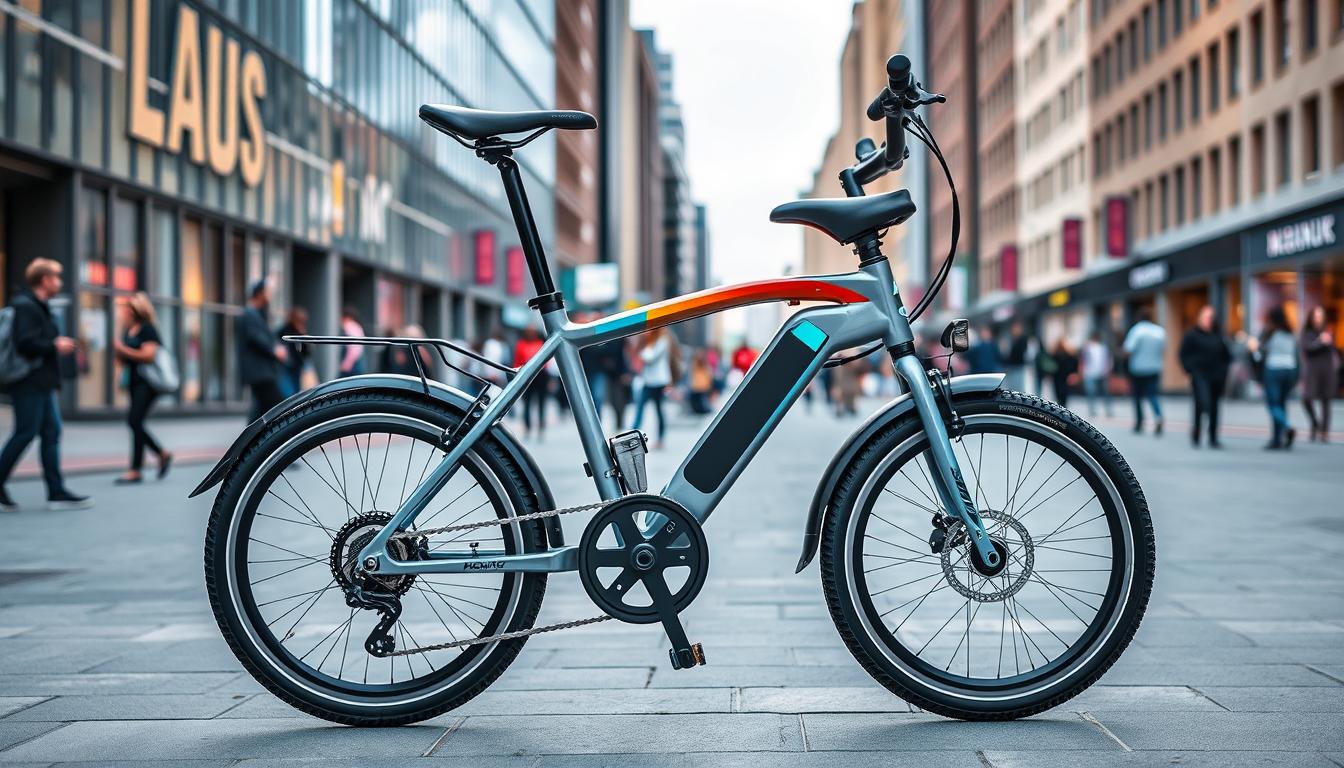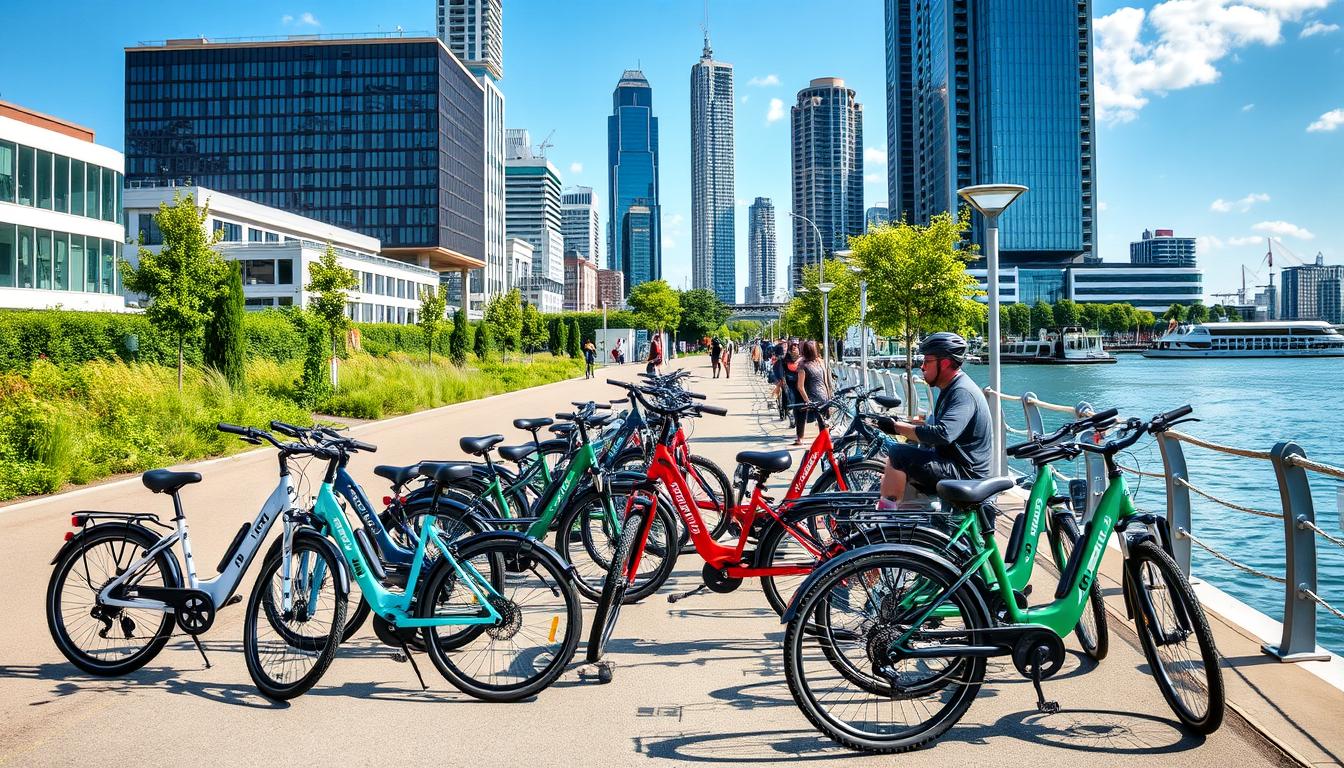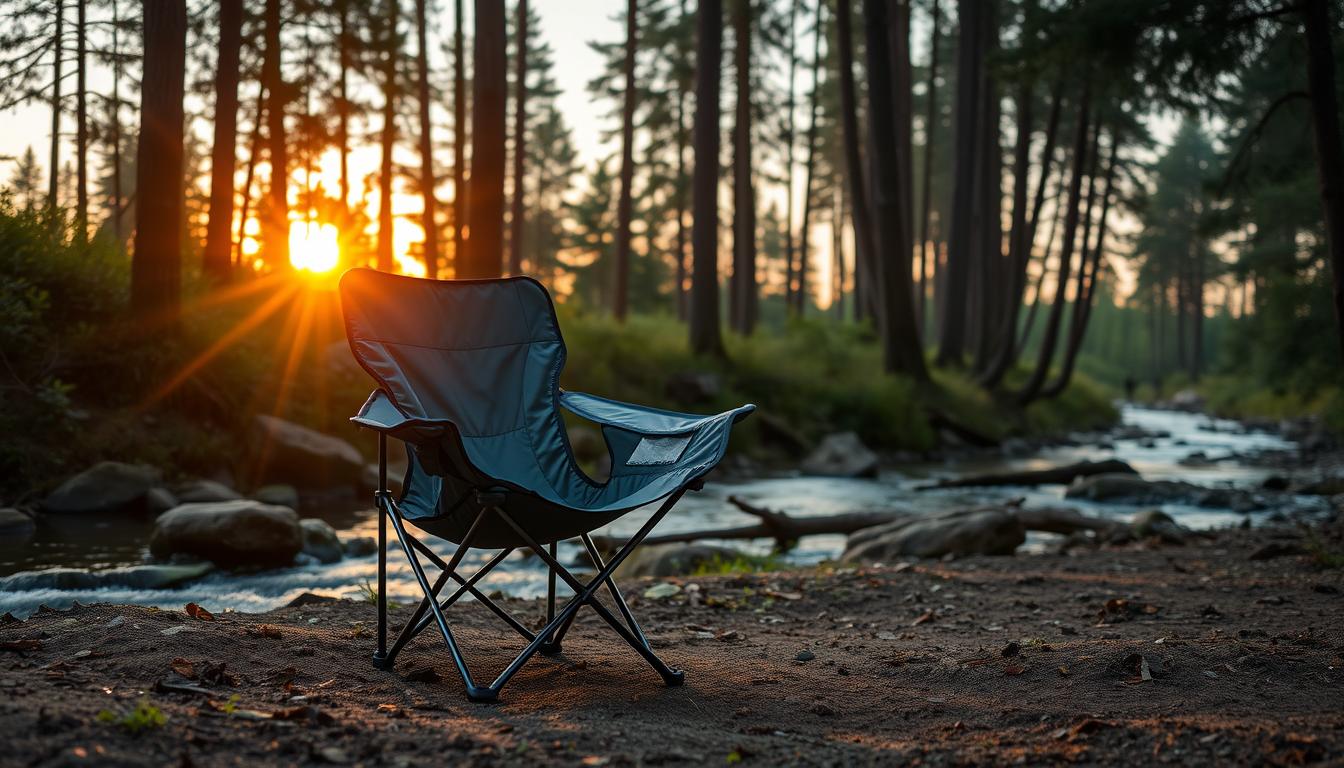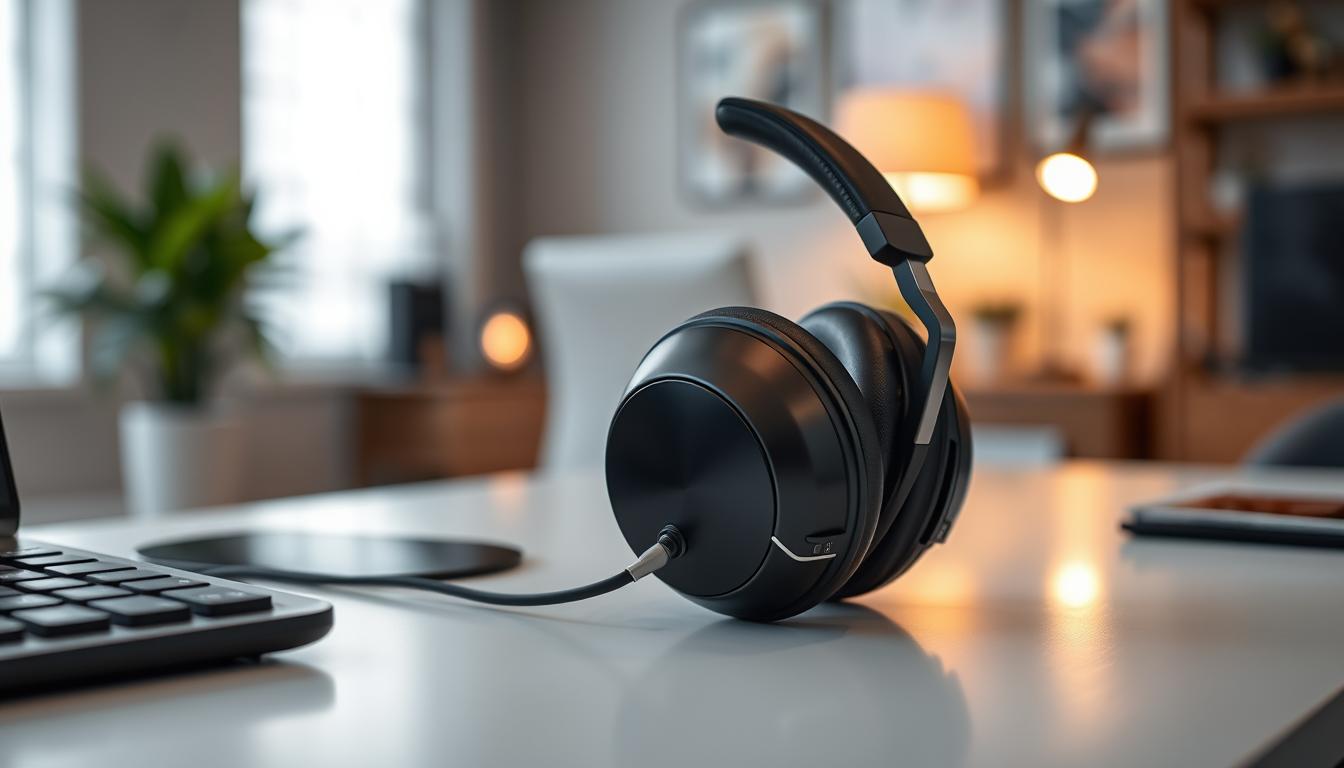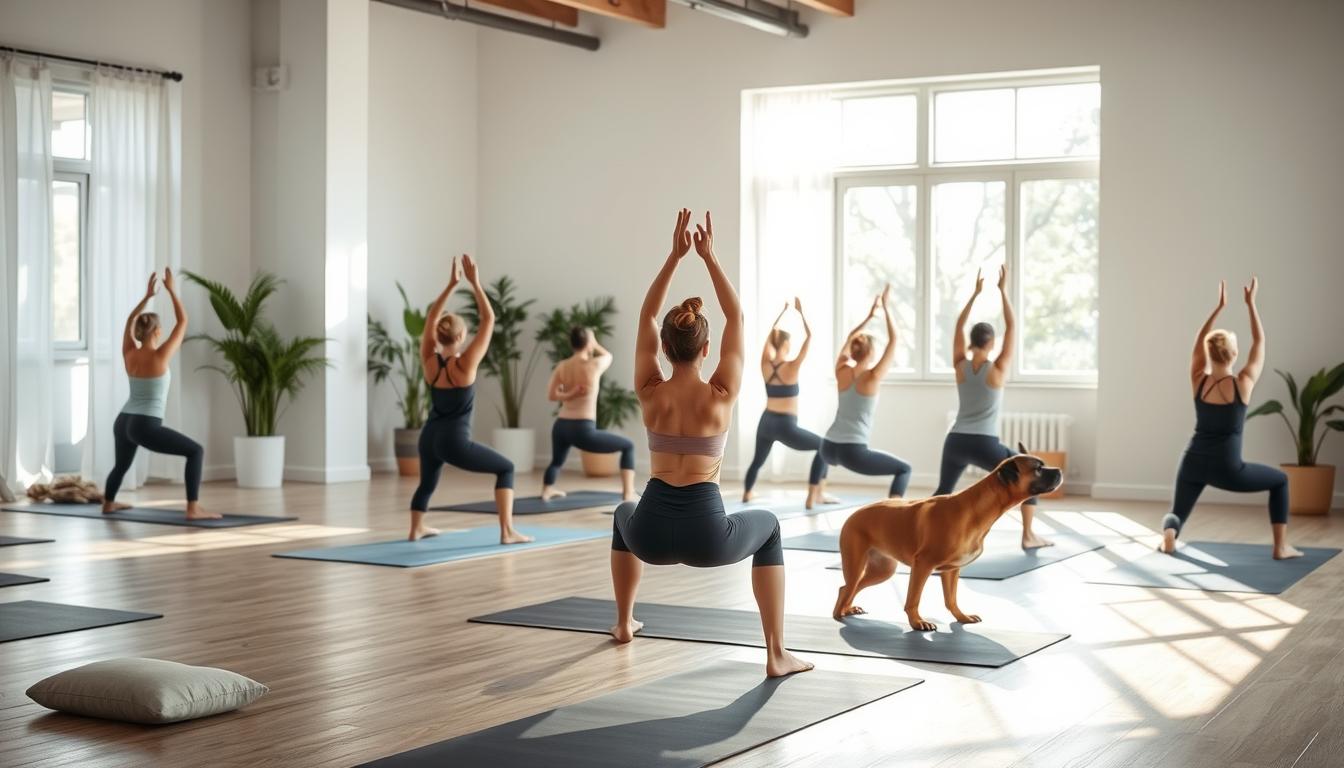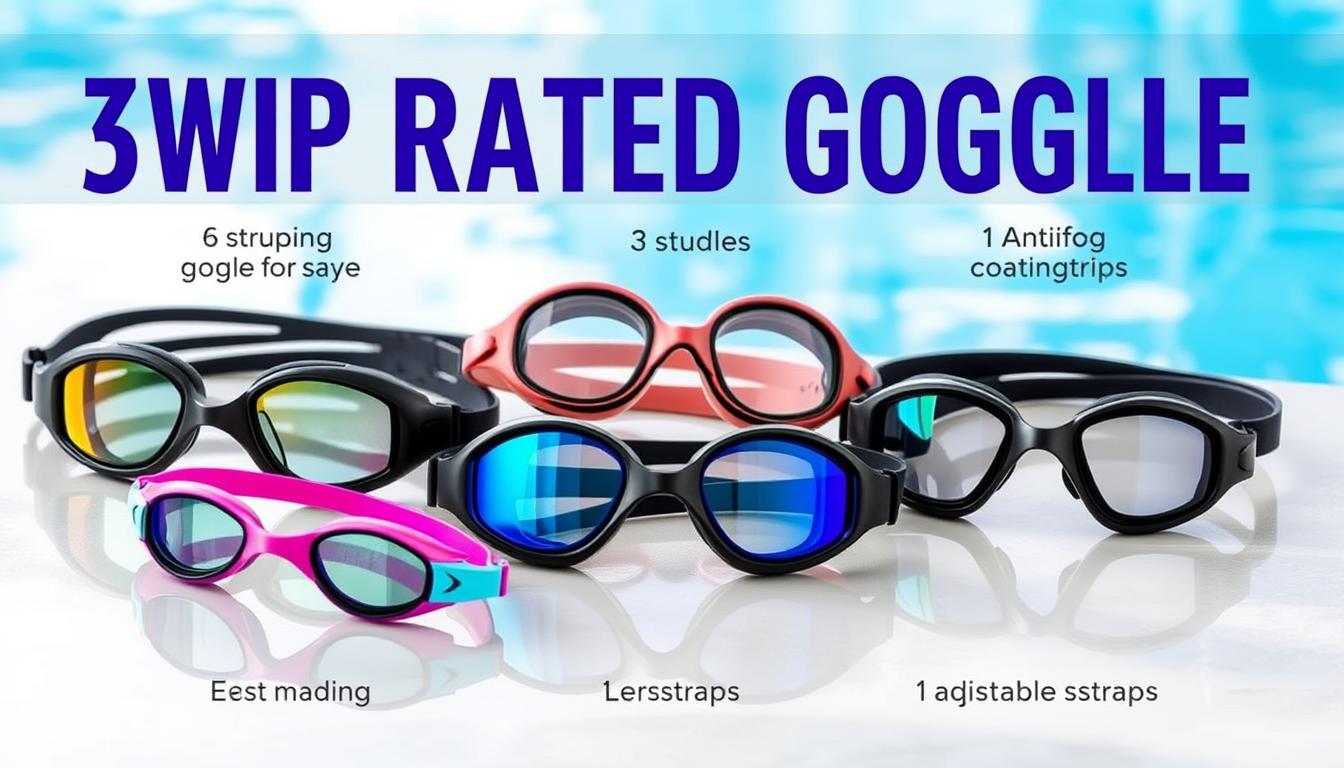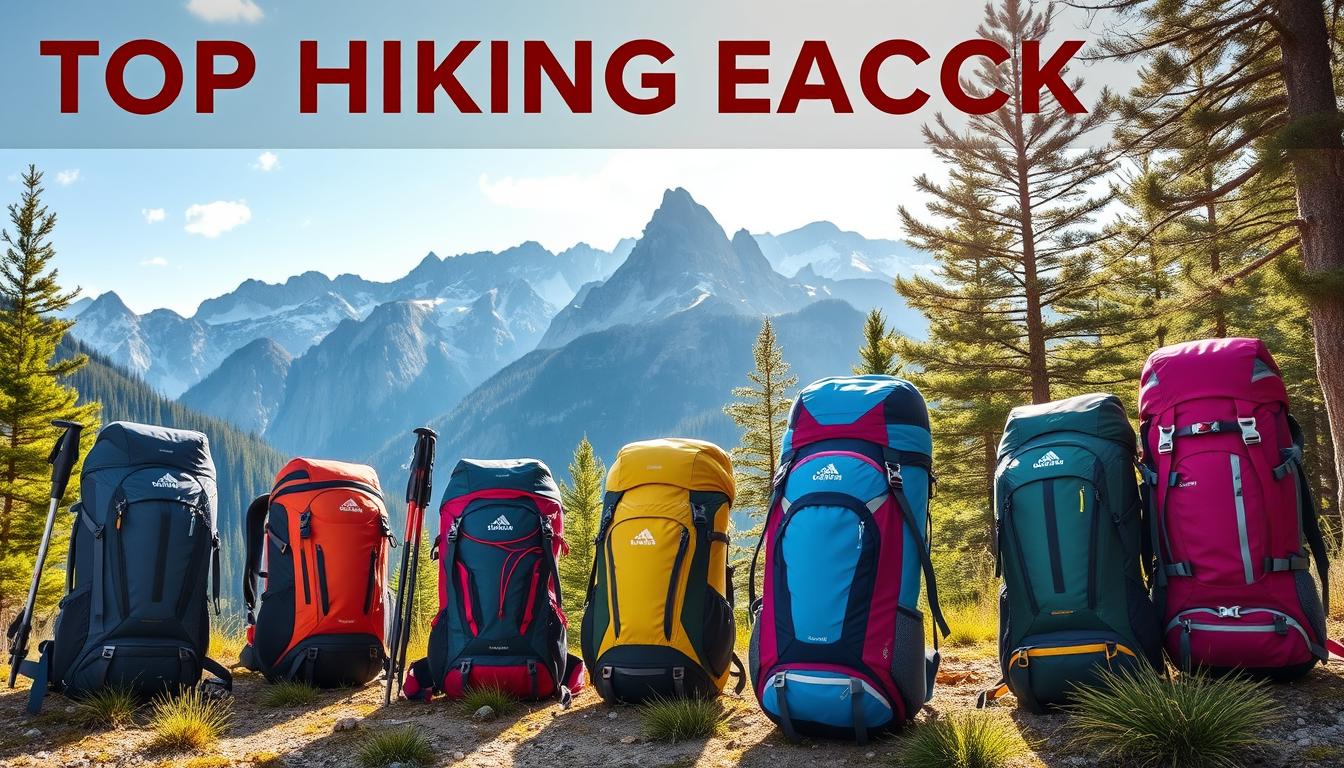
Top 10 Best Hiking Backpacks for Your Adventures
Going on outdoor adventures means you need reliable and comfy gear. Your backpack is key. It affects your comfort, organization, and fun. We'll show you the top 10 hiking backpacks for all outdoor lovers, from casual hikers to seasoned explorers.
Key Takeaways
- Discover the top 10 best hiking backpacks for outdoor adventures
- Learn about the essential features and benefits of a quality hiking backpack
- Understand how to choose the right backpack size, materials, and suspension system for your needs
- Explore the best hiking backpack brands and models for day hikes and multi-day treks
- Gain insights into the key accessories and features that enhance the versatility and functionality of your hiking backpack
What is a Hiking Backpack?
A hiking backpack is a special bag for outdoor activities like hiking, trekking, and camping. It helps carry your gear, making sure you're comfortable and can move easily.
Defining the Essential Gear for Outdoor Adventures
For outdoor adventures, a hiking backpack is key. It lets you carry food, water, clothes, and camping stuff without hurting your back or restricting you.
Key Features to Look for in a Hiking Backpack
Choosing the right hiking backpack is important. Look for features that make it functional and comfy. These include:
- Capacity: The size of the backpack matters for how much you can carry. It's vital for long trips.
- Suspension System: A good system spreads the weight, easing back and shoulder strain.
- Ventilation: Materials and airflow help keep you cool on tough hikes.
- Organizational Pockets: Many pockets help keep your outdoor adventure equipment tidy and within reach.
By focusing on these backpack features, you can pick a hiking backpack that boosts your outdoor fun. It will support your adventures with comfort and ease.
Choosing the Right Hiking Backpack Size
Choosing the right hiking backpack size is key for your comfort and pack performance. The size and capacity depend on your torso length, body frame, and the trip's length. Whether it's a day hike or a multi-day trek, the right pack is essential.
Measuring and fitting a hiking backpack properly is vital. It ensures a comfortable and efficient outdoor adventure. The load distribution should be even, balancing on your shoulders and hips.
- Measure your torso length: Find the distance from the C7 vertebra at the base of your neck to the iliac crest at the top of your hip. This helps pick a backpack with the right torso size.
- Consider your body frame: If you're smaller or larger, you might need a backpack with special dimensions for a good fit.
- Determine the backpack capacity needed: For day hikes, a smaller pack (20-35 liters) is best. For longer trips, a bigger pack (50-80 liters) is needed for more gear, food, and supplies.
"The right hiking backpack size can make all the difference in the comfort and performance of your outdoor adventures."
By measuring and fitting your backpack correctly, you'll carry comfortably and efficiently. This lets you enjoy the journey more.
Best Hiking Backpack Materials and Construction
Hiking backpacks are all about the materials and how they're made. They affect how durable, light, and effective they are. For those who love the outdoors, it's key to choose backpacks with top-notch, tough fabrics. These should be both strong and light.
Durable and Lightweight Fabrics
Nylon, polyester, and ripstop are top picks for making hiking backpacks. They're super durability and abrasion resistant, so your pack can handle tough trails. Plus, they're lightweight, making it easier to carry long distances.
Reinforced Stitching and Abrasion-Resistant Coatings
It's not just about the fabric. Reinforced stitching and abrasion-resistant coatings are also key. They make sure high-wear spots like straps and belts last longer. This is thanks to them being protected from the constant rubbing and heavy use.
| Fabric | Durability | Weight | Abrasion Resistance |
|---|---|---|---|
| Nylon | High | Lightweight | Excellent |
| Polyester | Moderate | Lightweight | Good |
| Ripstop | High | Lightweight | Excellent |
"Investing in a hiking backpack with high-quality, durable materials and reinforced construction ensures your gear can withstand the rigors of the trail and provide reliable support for years to come."
Comfort and Fit: Adjustable Suspension Systems
When you're hiking, having a comfortable backpack is key. High-quality hiking backpacks have adjustable suspension systems. These systems help fit the backpack to your body for comfort and security.
They let you adjust the backpack's length and hip belt. This ensures the weight is evenly spread, reducing strain on your back and shoulders.
Torso Length and Hip Belt Adjustments
The adjustable torso length feature helps you find the perfect fit. It keeps the backpack's weight on your hips, not your shoulders. This makes hiking more comfortable and stable.
The adjustable hip belt also ensures a snug fit around your waist. This helps distribute the load better, reducing fatigue.
By adjusting the suspension, you can make the backpack fit just right. This improves hiking backpack comfort, adjustable suspension, torso length, and hip belt fit. It also optimizes load distribution for a better hiking experience.
"A well-fitted hiking backpack can make all the difference in the world, turning a grueling trek into a pleasant adventure."
| Feature | Benefit |
|---|---|
| Adjustable Torso Length | Ensures the backpack's weight is centered on your hips, improving stability and comfort. |
| Adjustable Hip Belt | Provides a secure fit around your waist, further distributing the load and reducing fatigue. |
Ventilation and Breathability in Hiking Backpacks
Going on outdoor adventures means staying cool and dry is key. Hiking backpacks with ventilation systems help a lot. Features like mesh back panels and airflow systems keep you comfy. They manage moisture so your trip is fun.
The back panel design is very important. Look for ventilation channels and mesh panels for the best airflow and breathability. These designs stop heat and sweat, keeping you cool on tough hikes.
The suspension system also matters a lot. Choose backpacks with adjustable harnesses and hip belts. They make a space for airflow and breathability. This design keeps you dry and comfy, avoiding the "swamp back" feeling.
| Feature | Benefit |
|---|---|
| Mesh Back Panels | Improves airflow and breathability, reducing heat and moisture buildup |
| Ventilation Channels | Strategically placed channels that promote air circulation and moisture management |
| Adjustable Suspension | Creates a gap between the pack and your back, enhancing ventilation and breathability |
When picking a hiking backpack, focus on ventilation and breathability. These features greatly improve your comfort and fun on the trail. They help you stay cool, dry, and ready for any adventure.
Best Hiking Backpack for Different Trail Lengths
Choosing the right hiking backpack is key, especially for the length and duration of your trip. For day hikes, you'll want a light and small pack. But for multi-day treks, you'll need something bigger to carry all your gear.
Day Hikes: Lightweight and Compact Options
For day hike backpacks, the goal is to be as light as possible. These packs usually have 20 to 35 liters of space. They're perfect for carrying the basics like food, water, and extra clothes.
They're also designed to be easy to carry. This lets you move quickly on the trail.
Multi-Day Treks: Larger Capacity and Robust Design
For multi-day trekking backpacks, you need more room. These packs can hold 50 to 80 liters. This space is great for carrying camping gear and extra clothes.
The design of these packs is also stronger. They're made with durable materials. This helps spread out the weight and keeps you comfortable on long trails.
"The right backpack can make all the difference in the comfort and enjoyment of your hiking adventure."
It's important to pick a backpack that meets your needs. The right one will make your outdoor adventure more enjoyable and comfortable.
Top Hiking Backpack Brands and Models
The hiking backpack market is full of choices. It offers many brands and models for outdoor lovers. Osprey, Deuter, Gregory, The North Face, and Mountainsmith are among the top names.
Osprey is known for its innovative designs and durability. Their Aether AG and Atmos AG series are favorites for long hikes. They have advanced suspension and lots of space.
Deuter, from Germany, makes backpacks that are both light and strong. Their Aircontact and Futura series are loved for comfort and organization. They suit hikers of all levels.
| Brand | Popular Backpack Models | Key Features |
|---|---|---|
| Osprey | Aether AG, Atmos AG | Advanced suspension, large capacity |
| Deuter | Aircontact, Futura | Lightweight, ventilated, organized |
| Gregory | Baltoro, Deva | Comfortable fit, durable construction |
| The North Face | Banchee, Terra | Versatile design, reliable performance |
| Mountainsmith | Scream, Tanuck | Affordable options, innovative features |
These brands are leaders because of their innovative designs and durability. They focus on what hikers need. This makes them the first choice for many adventurers.
"When it comes to hiking backpacks, the brand name matters as much as the features. Trusted outdoor gear manufacturers have a reputation for quality that is hard to match."
Best Hiking Backpack Features and Accessories
Your backpack is more than a bag for your gear. It's a key partner for your outdoor adventures. Choosing the right backpack can make your trip better. It helps you stay hydrated, organized, and ready for anything.
Hydration Reservoir Compatibility
Look for a backpack that fits a hydration bladder. These spots keep water close as you walk. It means you can drink without stopping, making your hike better.
Attachment Points and Lash Points
Good hiking gear is flexible. Backpacks with many attachment points let you add extra stuff. This includes poles, axes, or sleeping pads, keeping your important items handy.
The best backpacks have special features for all kinds of hikers. They focus on hydration and letting you add your own gear. This makes your backpack fit your needs perfectly, improving your trail time.
| Feature | Benefit |
|---|---|
| Hydration Reservoir Compatibility | Hands-free, efficient hydration for improved stamina and comfort on the trail |
| Attachment Points and Lash Points | Versatile storage and customization options for carrying additional gear |
"The right hiking backpack features can be the difference between a grueling trek and an unforgettable adventure."
Focus on the features and accessories you need for hiking. This way, your backpack will be a trusted friend on your outdoor adventures.
Selecting the Best Hiking Backpack for Your Budget
Choosing a hiking backpack means thinking about your budget. While top-notch backpacks have great features and last long, you can find good deals too. It's all about picking what's most important to you and finding a backpack that fits your budget and needs.
To find the best hiking backpack budget, first figure out how much you can spend. Then, list the key features you need, like how much it can hold, how comfortable it is, and how durable. This helps you know what to look for in a backpack that offers value-for-money.
- Prioritize the essential features: Think about capacity, weight, and suspension system to make sure it fits your needs.
- Explore mid-range options: Look for brands that offer good backpacks at a lower price.
- Evaluate feature prioritization: Figure out what you must have and what you can do without, and adjust your budget.
- Seek out sales and discounts: Watch for seasonal sales, clearance items, or last year's models to save money.
- Consider the long-term value-for-money: Spend a bit more on a quality backpack that will last for years.
By finding the right balance between your budget and what you need, you can get a great hiking backpack budget for your adventures.
Proper Care and Maintenance of Hiking Backpacks
Keeping your hiking backpack in top shape is key. With a few simple steps, you can make your gear last longer. This way, it will always be ready for your next adventure.
Cleaning and Storage
Always clean your backpack after each trip. Use a damp cloth to wipe off dirt and sweat. Then, brush the inside gently to get rid of crumbs and dirt.
Let it dry completely before you store it. Keep it in a cool, dry spot. Don't leave it in the sun, as it can damage the fabric. Wrap it in a cloth or use a breathable bag to keep it dust-free.
Repairs and Adjustments
- Check your backpack often for wear and tear. Look for loose stitching, tears, or broken parts.
- Fix small problems right away. Sew loose threads, patch holes, or replace broken parts.
- Make sure the backpack fits right. Adjust the straps and hip belt as needed, especially if you've changed size.
By taking good care of your backpack, it will stay in great shape. It will be your reliable partner for all your outdoor trips.
| Maintenance Task | Frequency |
|---|---|
| Cleaning the backpack | After each use |
| Inspecting for wear and tear | Regularly (every few months) |
| Adjusting the suspension system | As needed, or after significant weight/body changes |
| Repairing minor issues | As soon as they are noticed |
| Storing the backpack properly | When not in use |
Follow these hiking backpack care and maintenance tips. Your quality hiking backpack will last for years. It will always be ready for your next adventure.
Conclusion
In this guide, we've looked at the best hiking backpacks. We talked about their features, benefits, and what they're good for. Whether you're going on a short hike or a long trek, you now know how to pick the right backpack.
When choosing a backpack, think about size, materials, comfort, and cost. This advice is for everyone, from seasoned hikers to beginners. The info here will help you choose wisely and enjoy your outdoor adventures.
With the right backpack, you're ready for your next outdoor trip. You'll have everything you need and stay comfortable. So, get out there and enjoy the great outdoors. May your hikes be memorable and your experiences unforgettable.
FAQ
What is a hiking backpack?
A hiking backpack is a special piece of gear for outdoor activities like hiking and camping. It helps carry your gear comfortably, so you can move easily on the trail.
What key features should I look for in a hiking backpack?
Look for capacity, suspension system, ventilation, and pockets in a hiking backpack. These features make sure you're comfortable and your gear is well-organized.
How do I choose the right size hiking backpack?
Choosing the right size backpack is key for comfort. Consider your torso length, body frame, and the trip's length. This will help you pick the right size and capacity.
What materials and construction are important for a durable hiking backpack?
Look for high-quality fabrics like nylon and polyester. Reinforced stitching and coatings protect the backpack from wear and tear.
How do adjustable suspension systems improve the comfort and fit of a hiking backpack?
Adjustable systems let you customize the fit to your body. This ensures the weight is evenly distributed, reducing strain on your back and shoulders.
Why is ventilation and breathability important in a hiking backpack?
Good ventilation keeps you cool and dry when carrying a heavy load. Backpacks with mesh panels and airflow systems help prevent heat and moisture buildup.
How do the best hiking backpacks differ for day hikes versus multi-day treks?
For day hikes, choose lightweight backpacks with less capacity. For multi-day treks, you need a larger, more robust backpack to carry all your gear.
What are some of the top hiking backpack brands and models?
Top brands include Osprey, Deuter, Gregory, The North Face, and Mountainsmith. They're known for their durable designs and customer-focused features.What additional features and accessories can enhance my hiking backpack?
Look for hydration reservoir compatibility, attachment points, and lash points. These features make your outdoor experience better by allowing hydration and carrying extra gear.
How can I find the best hiking backpack within my budget?
Balance your budget with the features you need. High-end backpacks offer premium materials, but affordable options also provide great value for most outdoor enthusiasts.
How should I care for and maintain my hiking backpack?
Clean your backpack after use and store it properly when not in use. Address any repairs or adjustments to extend its life and ensure reliable performance.




